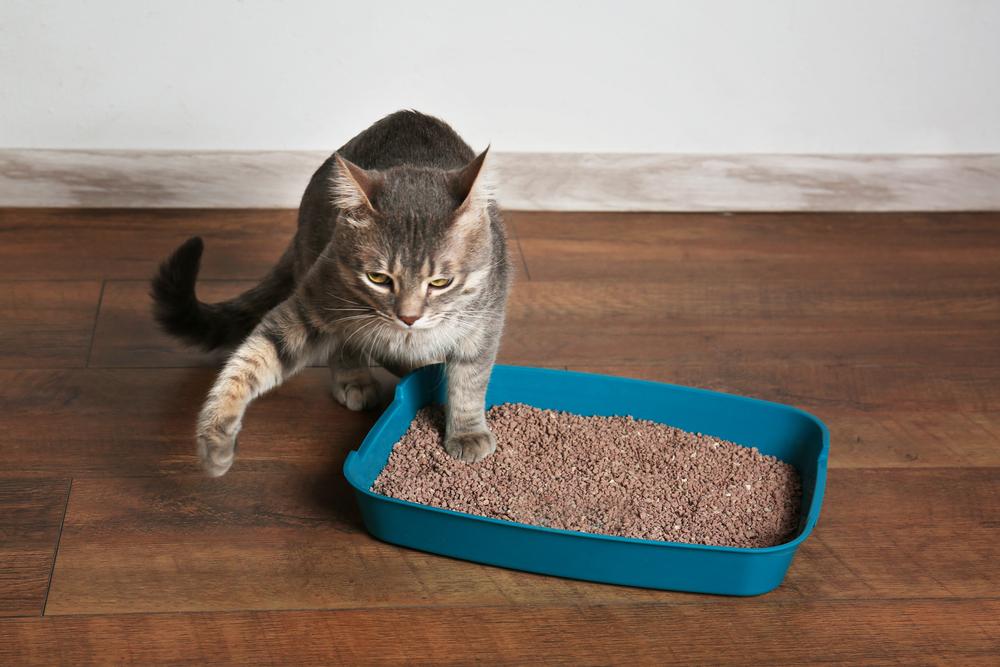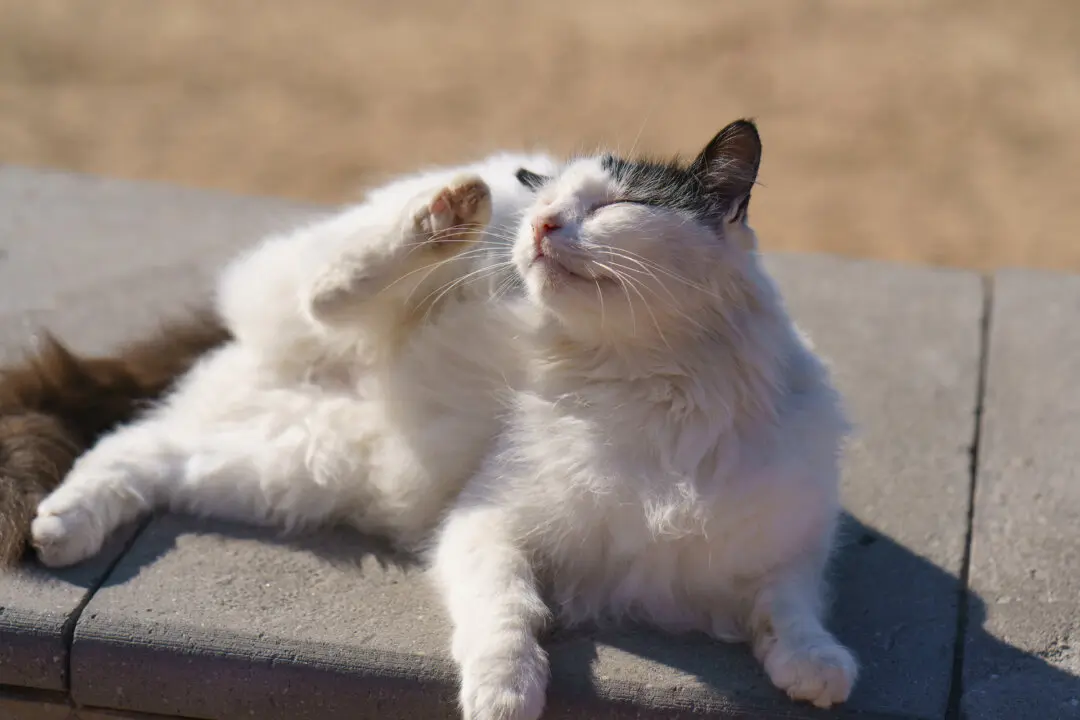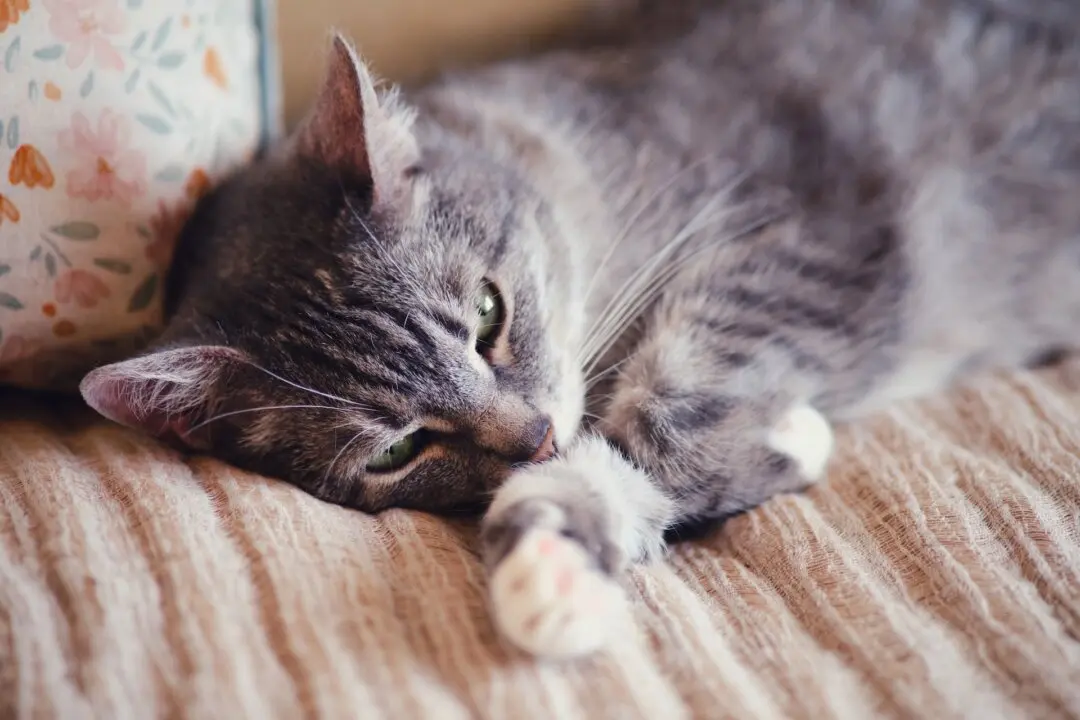Q: I’m thinking about teaching Cameo, my newly adopted young calico cat, to use the toilet instead of a litter box. Are most people successful at toilet training their cats?
A: I don’t recommend toilet training cats for three reasons.
First, my mom told me that when she visited her aunt, who had toilet trained her cat, the toilet seat was often wet. Mom quickly learned to look before she sat.
Each time Cameo misses the toilet bowl, you, too, may discover an unwelcome surprise, especially if you visit the bathroom in the middle of the night.
The second reason I don’t advocate toilet training is that it’s an unnatural behavior for cats, so it’s likely to produce stress. In cats, stress often manifests as inappropriate urination.
Most cats dislike water, especially baths, so imagine how Cameo will feel if she slips into the toilet bowl while eliminating.
It’s very possible for Cameo to be so traumatized by having to use the toilet that she will urinate on the floor instead.
Or she may “hold it” too long, increasing her risk of urinary tract infection.
Third, if you make Cameo use the toilet, you'll lose an important way to monitor her health. Scooping her litter allows you to notice if she starts passing large quantities of urine, a sign of diabetes or kidney disease, or many small spots of urine, which can signal an infection. In addition, scooping her litter lets you recognize diarrhea or constipation.
Rather than train Cameo to balance on a toilet seat and urinate over a pool of water, offer her litter that’s similar to the soft, sandy soil that cats are instinctively drawn to. Both of you will be happier.
Q: Major, my 10-year-old mixed-breed dog, suddenly started staggering around in circles like he was drunk. His head tilted to one side, and he vomited and refused to eat.
I rushed him to his veterinarian, expecting to be told he was dying, but the vet diagnosed a disorder called old dog vestibular syndrome. She prescribed motion sickness medication and said Major would be fine soon.
Did I do something wrong? Please educate me about this frightening condition.
A: Old dog vestibular syndrome develops when the balance apparatus deep inside one of the dog’s ears goes awry. While the cause is unknown, rest assured that you did nothing wrong. This condition is common in older dogs, and it resolves in a short time.
Clinical signs begin abruptly and include such poor balance that the dog may be unable to stand. Affected dogs may pace in circles, roll, and have a head tilt.
If you look closely, you may see Major’s eyeballs move rhythmically from side to side or in circles, a condition called nystagmus (nis-TAG'-mus).
In addition, dogs with vestibular syndrome often experience vomiting, drooling, and loss of appetite.
With medication to control the dizziness and vomiting, most dogs feel better within a few days to a few weeks. In some dogs, a subtle head tilt remains, especially when they’re tired.
Fortunately, the condition rarely recurs.
Lee Pickett, VMD, practices companion animal medicine in North Carolina. Contact her at AskTheVet.pet. Copyright 2020 Lee Pickett, VMD. Distributed by Creators.com.





